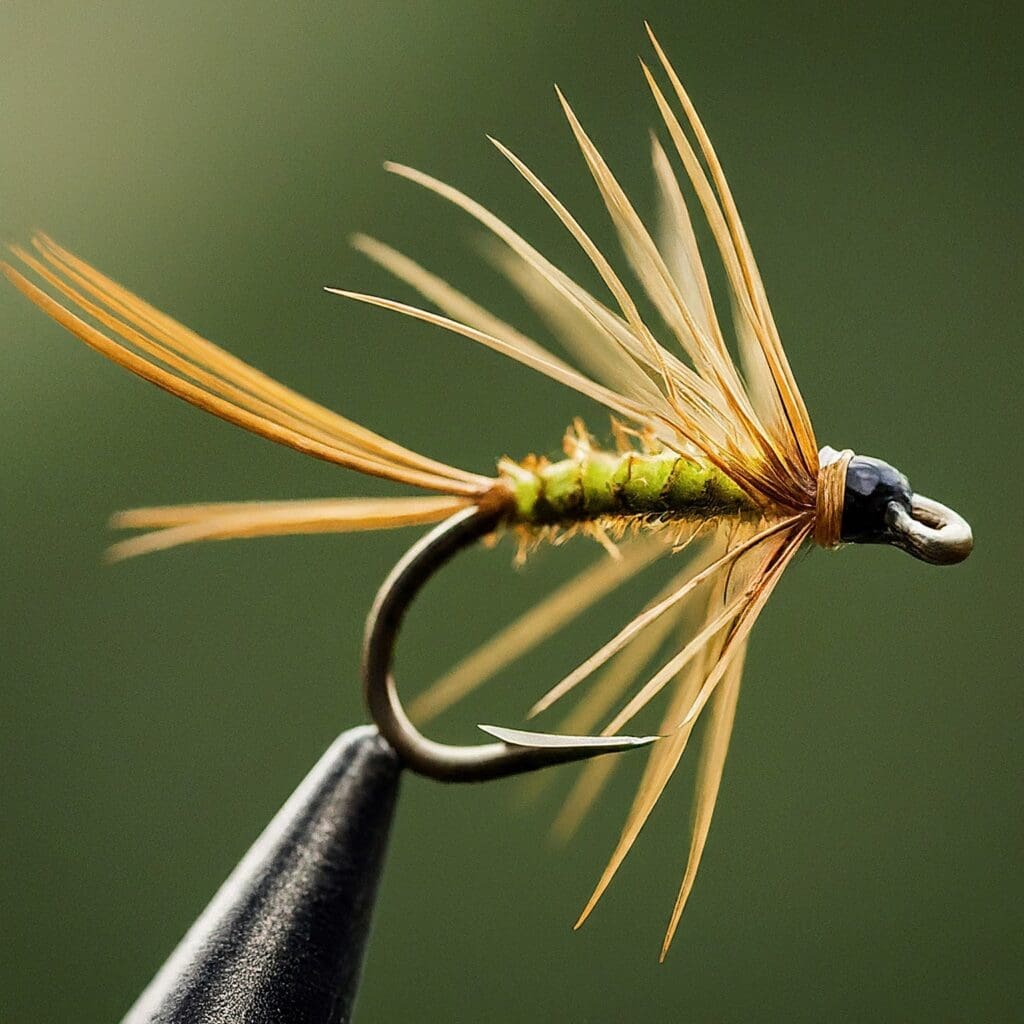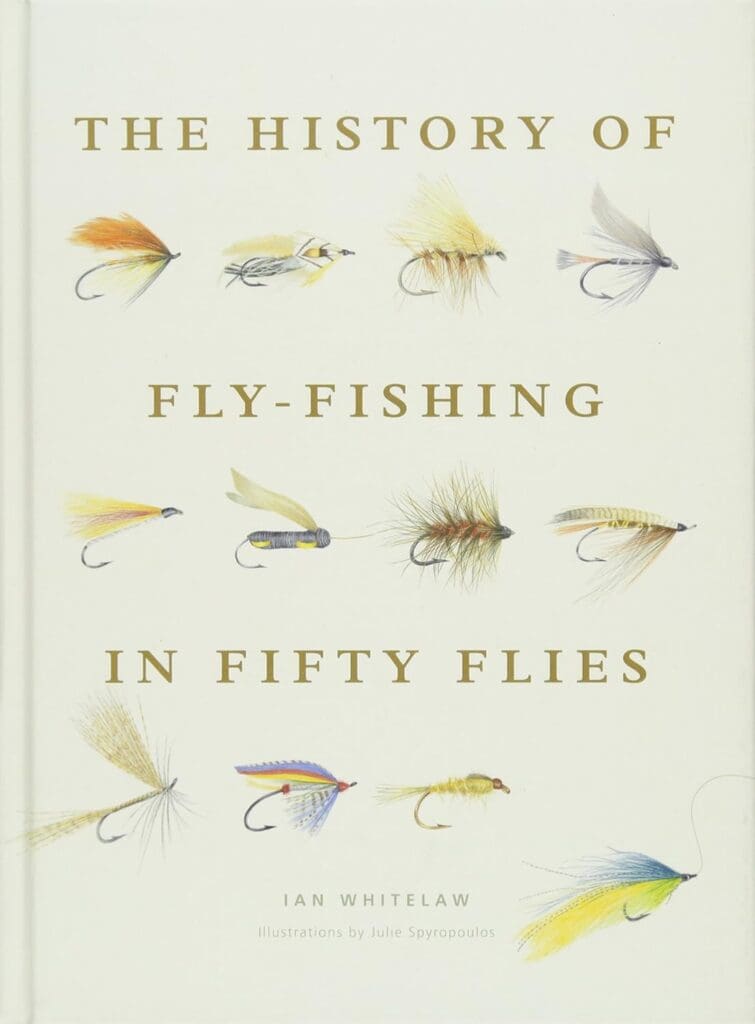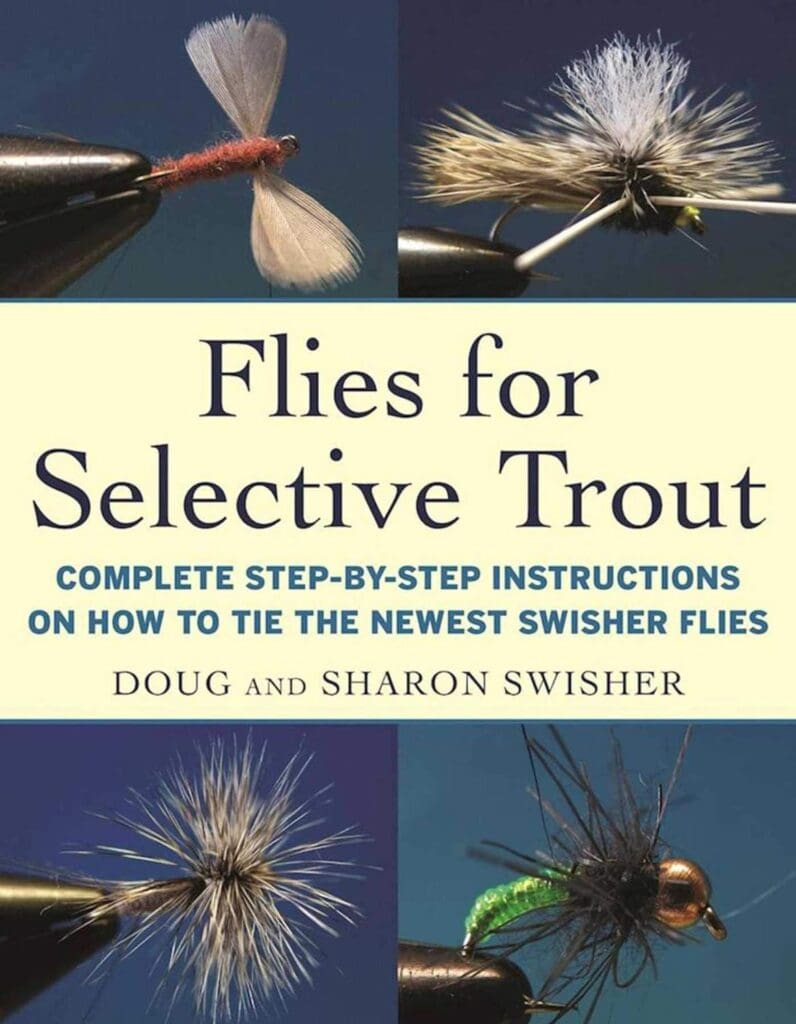Definition
An emerger mimics an insect transitioning from its underwater nymph or pupa stage to its adult flying form as an artificial fly.
Expanded Explanation
Many aquatic insects, like mayflies and caddisflies, spend part of their lives underwater before emerging as flying adults. During this emerging stage, they are vulnerable to fish feeding on them at the water’s surface.
Key Components of an Emerger Fly: Understanding its Anatomy for Effective Fly Fishing
An emerger fly mimics an insect transitioning from nymph to adult. It’s vital for fly fishing success. The key components of this fly include:
- Hook: The foundation of the fly, usually a curved or straight shank hook that matches the size of the natural insect.
- Body: Often made of dubbing, thread, or slender materials to represent the nymphal or larval stage of the insect. Designers choose the body colour and texture to mimic the natural insect in the water.
- Thorax: The fly’s thorax, often bulkier than its body, is crafted from dubbing, fur, or other materials. It represents the adult insect starting to break free from its nymphal stage.
- Wing Buds or Wings: Representing the developing wings of the emerging insect. Materials like CDC (Cul de Canard) feathers, deer hair, or synthetic materials are used to create the impression of wings unfurling.
- Legs: Made from materials like hackle or synthetic fibres, legs are added to suggest movement and the insect’s struggle to emerge.
- Tail: Some emergers have tails made of fibres or hackles, representing the remnants of the nymphal stage.
- Shuck: Represents the nymphal exoskeleton from which the insect is emerging. Manufacturers often use materials like Antron yarn or Z-Lon to create a translucent, trailing appearance.
- Head: Tied at the front of the hook, often just a neat finish with the tying thread, sometimes with added bead or head materials for weight or appearance.
- Floatant: While not a physical component of the fly, applying a floatant to certain parts of the emerger (like the wing or thorax) can help it sit right at the water’s surface, which is crucial for its effectiveness.
Each component contributes to the fly’s effectiveness, closely replicating an insect’s appearance and behaviour. This mimicry is critical during the insect’s vulnerable and alluring life stage.
Importance
These flies are crucial for fly fishers because they can help match the hatch, which means using flies that resemble the insects fish are currently feeding on. This significantly increases the chances of catching fish, especially during heavy insect emergence.
Context and Usage
Emerger flies are used in various situations:
- When insects emerge from the water: This can happen throughout the day but often occurs in the early morning or evening.
- When fish feed near the water’s surface, Look for signs like rising fish or feeding splashes.
- In conjunction with other flies: Sometimes, anglers use emerger flies alongside nymphs or dry flies to cover different depths and stages of the insect’s life cycle.
Examples
- Example 1: A fly fisher notices tiny mayflies struggling to break out of their casings near the riverbank. They might choose a small, emergent fly with a soft hackle to imitate the struggling insect.
- Example 2: An angler observes fish rising early on a lake. She could use a larger, emerger fly with a spiky body to represent a caddisfly emerging from its pupa stage.
Understanding Emerger Flies
It’s important to remember that not all emerger flies look exactly alike. They come in various shapes, sizes, and colours to mimic different types of insects at different stages of emergence.
Emerger Related Glossary Terms
- Nymph: The aquatic stage of an insect before it becomes an adult.
- Dry Fly: An artificial fly that floats on the water’s surface, mimicking an adult insect.
Visual and Reading Aids
Emerger External Resources
Emerger flies are designed to mimic the insect larvae and pupae stage as they ascend to the surface to transform into adult forms. These flies are effective because they drift just below the water’s surface, imitating struggling insects, making them attractive to trout. Fish them within nymph rigs or multi-fly setups for success. They excel during high insect activity when fish feed just below the surface.
This article says that when fishing for trout, an emerger fly is almost always a better bet than an adult fly imitation. This is because trout prefer to eat emergers, which are mayflies that are just emerging from their nymph shuck, as they are easier to catch. This stage represents a significant part of the fish’s diet. Hence, emerging patterns can often lead to more successful fishing outcomes than patterns that imitate fully matured insects.
Related Articles
Waterton Lakes National Park offers premier fly fishing experiences at Cameron Lake, Belly River, and Waterton River locations. These spots boast diverse fish species, including rainbow, brook, and bull trout. The park’s stunning landscapes and clear waters make it a haven for anglers, with Cameron Lake highlighted for its alpine beauty and abundance of rainbow and brook trout.
This is a guide to fly fishing on the Waterton River in 2024. It covers essential gear, locations, and techniques for a successful trip. The Waterton River offers diverse fishing experiences for beginners and experienced anglers, emphasizing responsible fishing practices.


